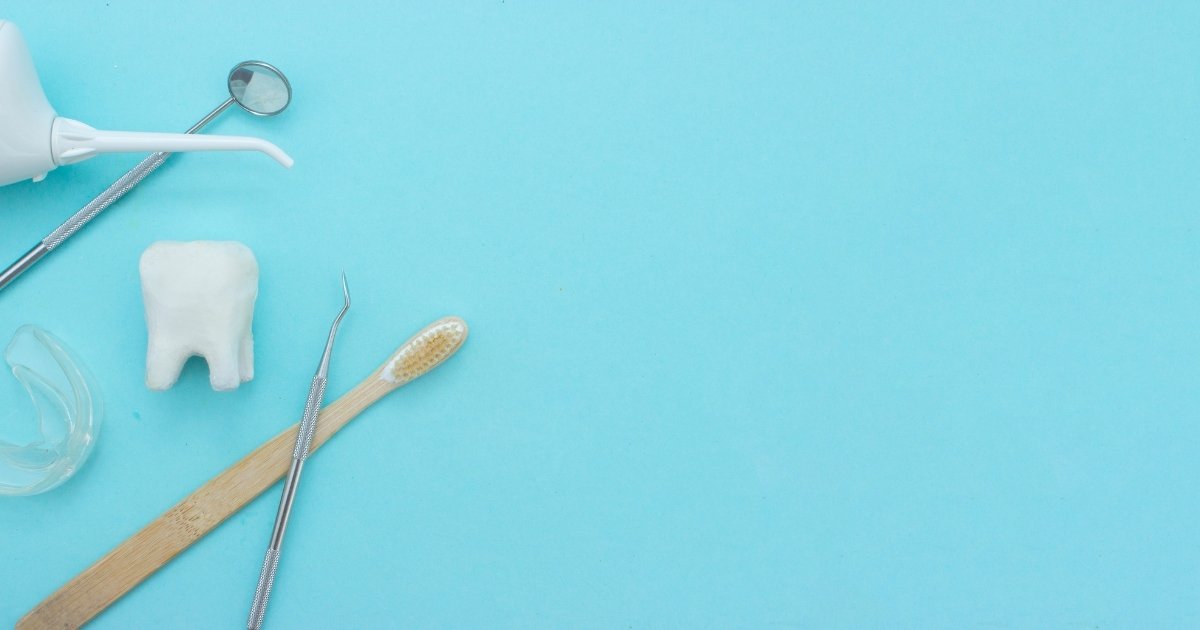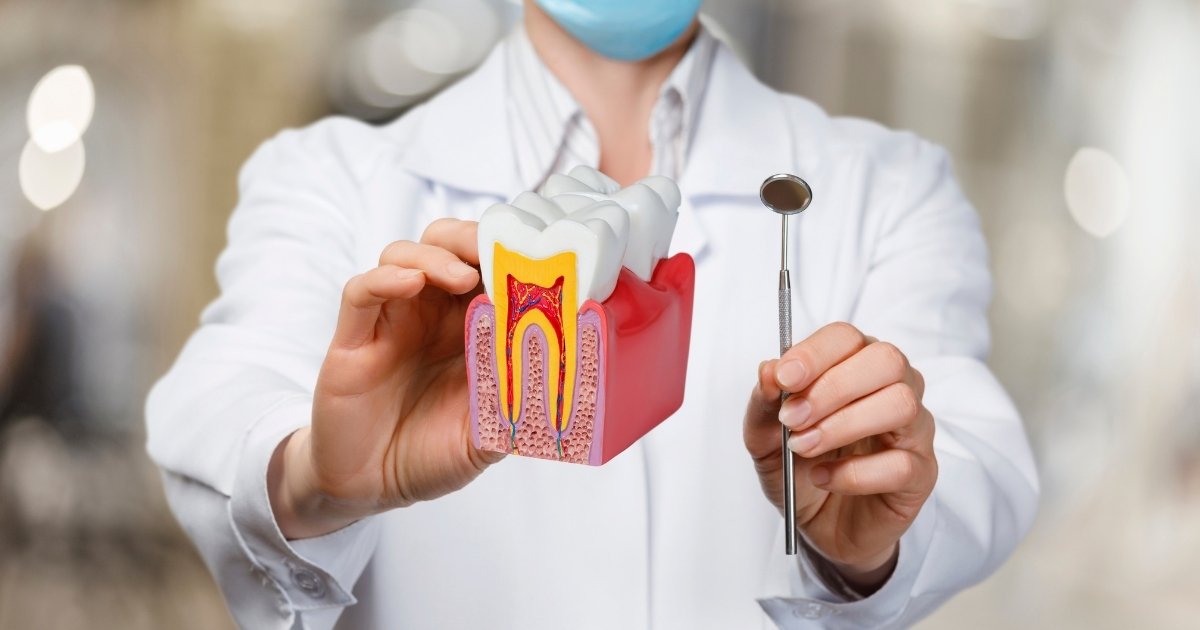Call Us Today 817-737-7668

Did you know that adults lose an average of 7 teeth by age 50? Tooth loss affects millions worldwide, impacting appearance, health, and confidence. Traditional solutions like dentures and implants help, but they don’t restore natural teeth. Tooth regeneration offers a groundbreaking alternative by potentially regrowing lost teeth.
Researchers are making significant progress with innovative techniques like stem cell therapy and tissue engineering. This blog explores the latest breakthroughs in tooth regeneration, the science behind it, promising future innovations, and what this means for dental care.
What Is Tooth Regeneration?
Tooth regeneration is a cutting-edge approach to regrow damaged or missing teeth naturally. It involves stimulating biological processes to create new dental tissues. Unlike implants, regenerated teeth integrate seamlessly with natural gums and bones.
The Science Behind Tooth Regeneration
This process relies on stem cells, dental pulp, and tissue engineering. Stem cells, the body’s building blocks, play a critical role. Scientists use dental stem cells to develop enamel, dentin, and pulp—essential components of a healthy tooth. Tissue engineering techniques guide the formation of these structures, ensuring proper function and aesthetics.
Historical Milestones
The idea of regenerating teeth isn’t new. In the early 2000s, researchers successfully grew new teeth in mice. Since then, technological advancements have fueled promising human trials. Early experiments with stem cells laid the foundation for today’s breakthroughs.
Latest Breakthroughs in Tooth Regeneration
Tooth regeneration research has made remarkable progress in recent years. Scientists worldwide are exploring innovative techniques to restore natural teeth using biological processes. Here are some of the most promising breakthroughs:
1. Stem Cell Therapy for Tooth Regeneration
Stem cell therapy stands at the forefront of tooth regeneration advancements. Researchers have discovered that stem cells from dental pulp can regenerate tooth tissues. A recent study from Kyoto University successfully grew fully functional teeth in mice by activating dormant stem cells. The regenerated teeth developed with natural roots, enamel, and pulp—offering hope for similar success in humans. Stem cell-based treatments could soon replace dental implants for missing teeth.
2. Bioengineered Teeth Development
Bioengineering techniques are bringing regenerative dentistry closer to reality. Chinese researchers recently used stem cells derived from urine to create tooth-like structures. Although unconventional, the experiment demonstrated that accessible stem cell sources can help develop dental tissues. These bioengineered teeth exhibited normal growth patterns and integrated with surrounding tissues, suggesting potential applications for human dental care.
3. Dental Pulp Regeneration
The dental pulp is crucial for tooth vitality, containing blood vessels and nerves. Harvard researchers achieved significant success by regenerating dental pulp using stem cells combined with biomaterials. Their experiments demonstrated that the new pulp could restore sensory function and support tooth longevity. This technique could offer an alternative to root canals, allowing natural tissue repair instead of artificial fillings.
4. Laser-Assisted Tooth Regeneration
Laser technology has opened new doors for tooth regeneration Burleson. The University of Buffalo discovered that low-intensity laser beams can stimulate stem cells to regrow dentin—the tissue beneath tooth enamel. In early trials, this painless, non-invasive procedure successfully repaired tooth damage. Dentists may soon use laser-based therapies to treat cavities and fractures without drilling or synthetic materials.
5. Genetic Tooth Regeneration Techniques
Genetic research is providing exciting insights into tooth regeneration. Scientists are investigating specific genes responsible for tooth growth. In a groundbreaking study, researchers identified genes that control the development of molars and incisors. By activating these genes in lab animals, scientists stimulated the growth of new teeth. This discovery suggests that targeted gene therapies might help individuals with congenital tooth loss.
Future Possibilities and Innovations in Tooth Regeneration
Tooth regeneration is on the brink of transforming dental care. As research advances, scientists are uncovering new possibilities to restore teeth naturally. Here’s a look at potential treatments, emerging technologies, and professional predictions for the next decade.
Potential Treatments for Common Dental Issues
Tooth regeneration could provide groundbreaking solutions for common dental problems. Treatments may soon address cavities, fractures, and gum-related damage without traditional fillings or implants.
A professional dentist Burleson might use stem cell therapies to stimulate the regrowth of enamel, dentin, and pulp. For patients with missing teeth, personalized regeneration procedures could replace synthetic implants with fully functional, natural teeth. This shift would reduce the need for invasive surgeries, improving patient outcomes and comfort.
Emerging Technologies Driving Innovation
Several advanced technologies are accelerating the development of tooth regeneration:
- CRISPR Gene Editing:
CRISPR technology allows scientists to edit genes responsible for tooth development. Researchers are exploring ways to reactivate genes that promote new tooth growth in adults.
In recent experiments, CRISPR successfully triggered the growth of extra teeth in animals. Professionals believe this method could help individuals with congenital conditions like anodontia, where teeth never develop.
- 3D Bioprinting:
3D bioprinting technology uses bio-ink made from stem cells to print tooth structures. Researchers have already printed tooth-like tissues with remarkable precision.
In the near future, dentists might use 3D bioprinters to create custom-made teeth during a single appointment. This innovation could significantly reduce the time and cost of dental restorations.
- Regenerative Medicine:
Regenerative medicine techniques are enhancing the body’s ability to heal itself. Scientists are developing bioactive materials that stimulate tooth tissue growth when applied to damaged areas. These materials, combined with growth factors, can activate stem cells within the tooth, promoting natural repair without surgery.
Professional Predictions for the Next Decade
Specialists in regenerative dentistry predict that clinical applications of tooth regeneration will emerge within the next 10 years. They foresee personalized treatments based on genetic profiles becoming standard practice. Dentists might soon perform stem cell injections to repair decayed or damaged teeth without drilling.
Furthermore, dental professionals anticipate a shift toward preventive regeneration. Early detection of tooth damage could trigger regenerative treatments that restore tissues before cavities or fractures worsen. As technology advances, tooth regeneration may become more affordable and accessible, improving oral health outcomes worldwide.
The future of tooth regeneration holds immense promise. Continued research and technological integration will likely make natural tooth restoration a reality for millions.
Tooth regeneration holds transformative potential for dental care, promising natural, long-lasting tooth restoration. With breakthroughs like stem cell therapies and 3D bioprinting, the future looks promising. While challenges remain, researchers are optimistic about introducing practical applications soon. Stay informed, visit our dentists regularly, and maintain good oral hygiene as science continues to unlock new possibilities.




